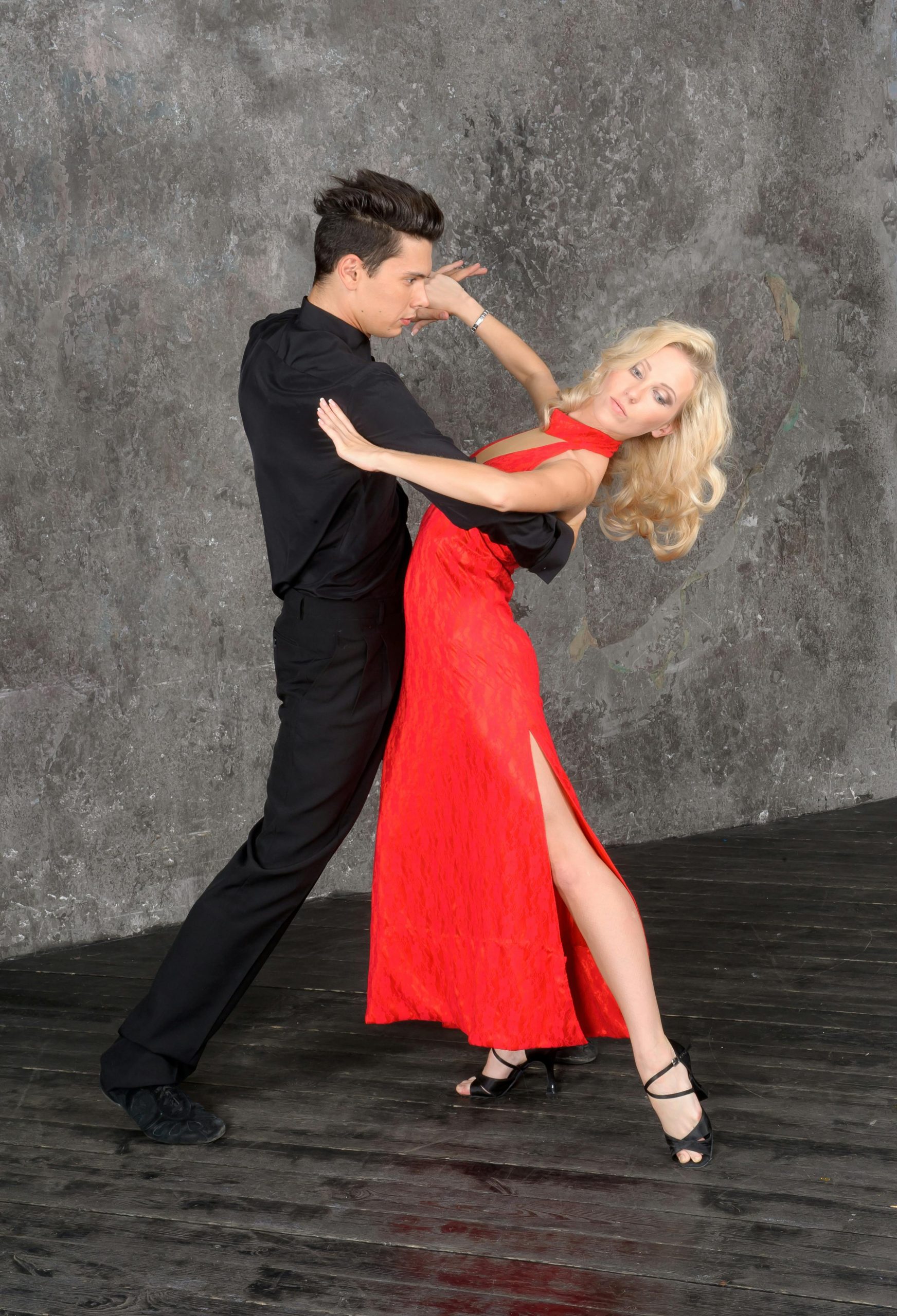Introduction
Color coordination is more than just matching; it’s about creating harmonious and visually appealing outfits. Understanding the science behind color coordination in fashion can help you effortlessly put together stylish ensembles that reflect your style and make a statement wherever you go.
The Basics of Colour Theory


Start by familiarising yourself with the basics of color theory. Understand concepts like the color wheel, complementary colors, analogous colors, and monochromatic schemes. These principles serve as the foundation for creating cohesive and balanced color combinations in your outfits.
Understanding Colour Psychology
Transitional words like “start” help to guide the reader through the article smoothly.
Delve into the world of color psychology and how different colors evoke different emotions and moods. For example, red is associated with energy and passion, while blue conveys calmness and trust. By understanding the psychological effects of colors, you can use them strategically to convey the message you want with your outfit.
Finding Your Colour Palette
Identify your color palette based on your skin tone, hair color, and eye color. Certain colors will complement your features better than others, so it’s essential to know which hues flatter you the most. Experiment with different shades within your palette to find what works best for you.
Playing with Contrast and Proportion
Experiment with contrast and proportion to create visual interest in your outfits. Pairing light colors with dark colors or mixing bold patterns with solids can add depth and dimension to your look. Similarly, playing with proportions by mixing oversized pieces with fitted ones can create a striking silhouette.
Incorporating Trends with Timeless Classics
Strike a balance between incorporating current trends and timeless classics into your wardrobe. While trends come and go, classic colors like black, white, navy, and grey never go out of style. Use trendy colors as accents or statement pieces while sticking to classic colors for the foundation of your outfit.
Accessorising with Colour
Don’t forget about the role of accessories in adding pops of color to your outfits. Accessories like scarves, belts, bags, and jewelry are excellent opportunities to experiment with different colors and add personality to your look. Just be mindful of not overwhelming your outfit with too many competing colors.
Conclusion
In conclusion, mastering the science of color coordination in fashion requires an understanding of color theory, psychology, and personal preferences. By applying these principles and experimenting with different combinations, you can create stylish and harmonious outfits that reflect your unique style and personality.

